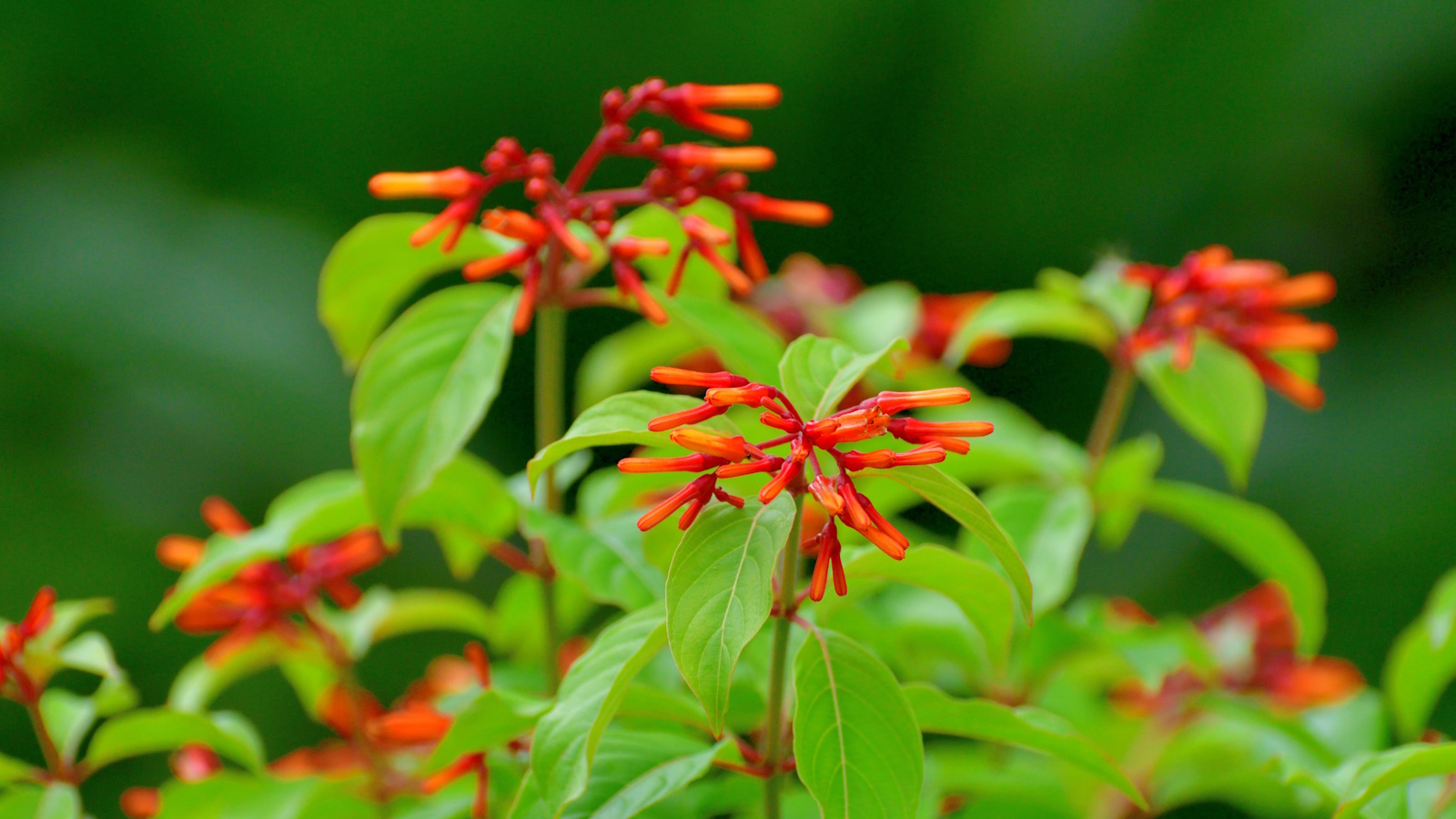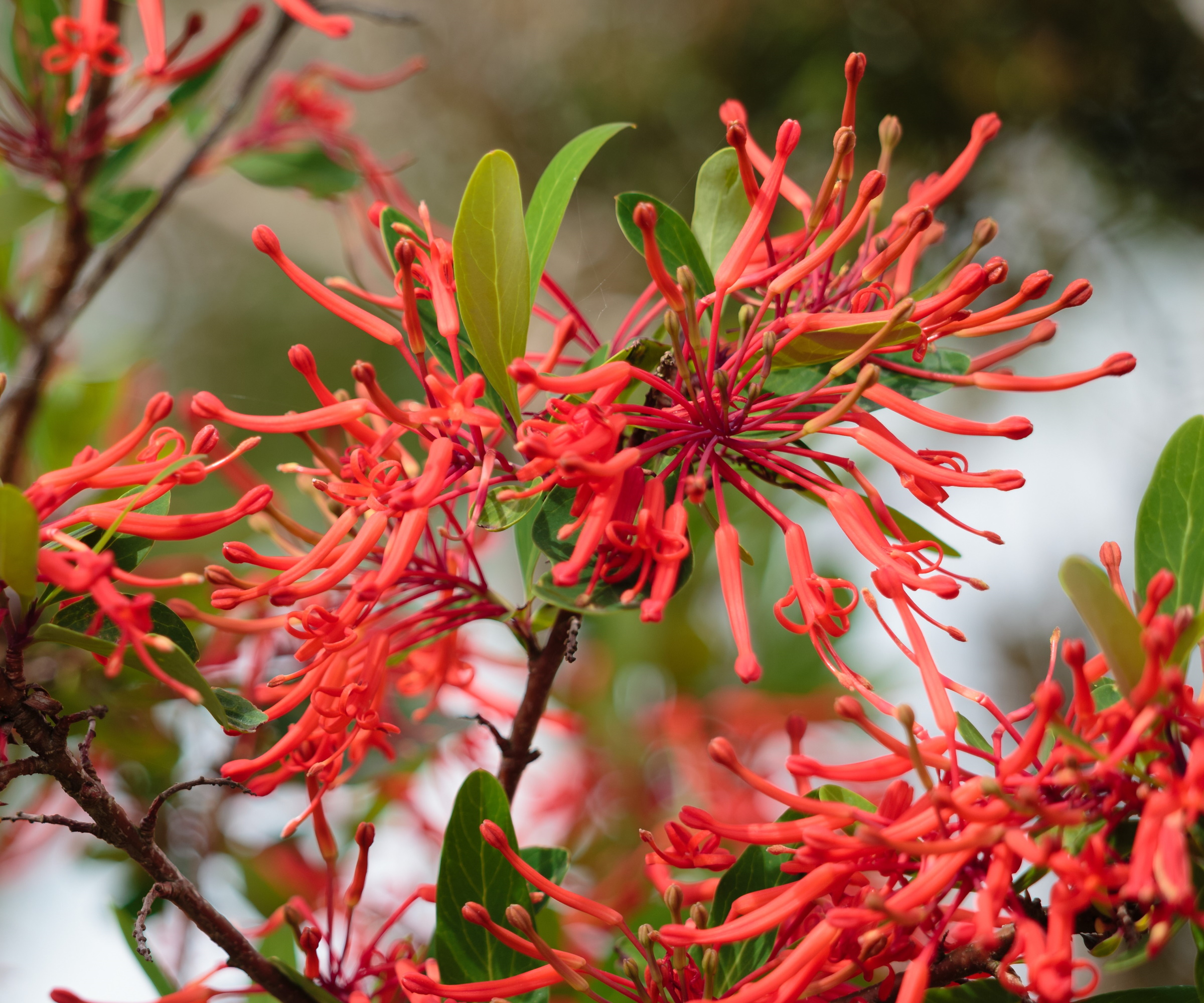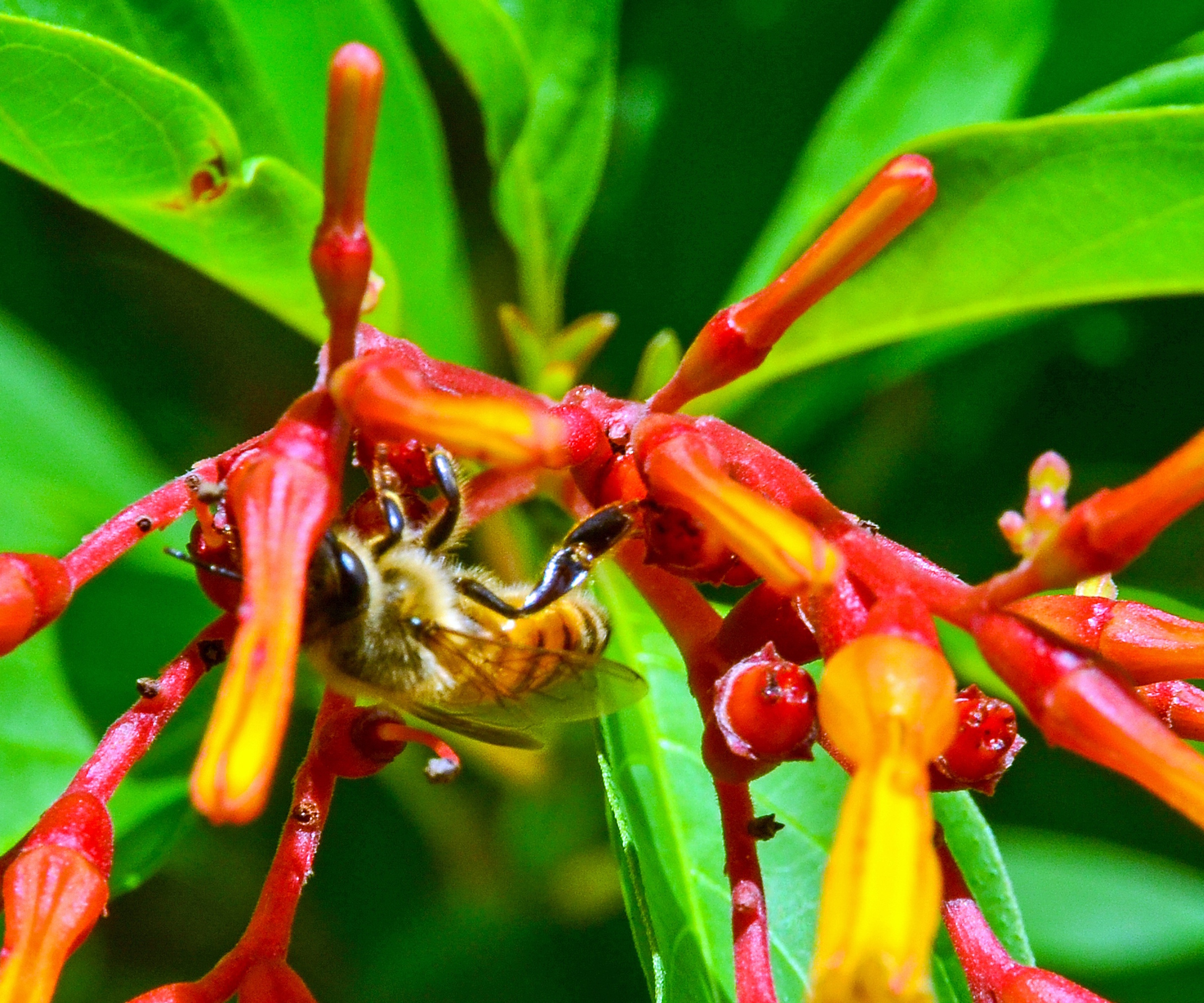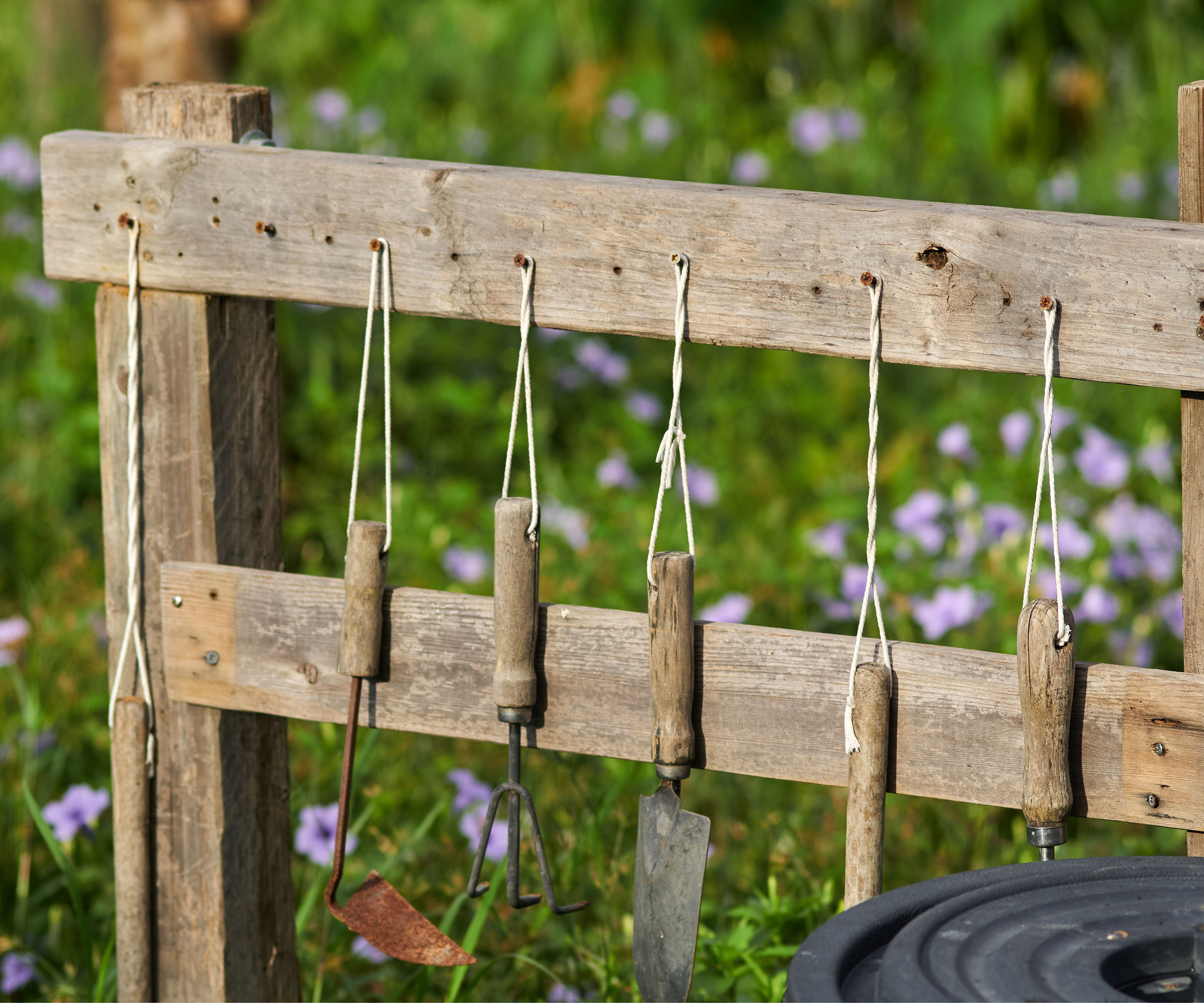
Firebush plants are vibrant, tropical shrubs that are popular with gardeners and pollinators alike. If you are looking for a fuss-free plant that is low-maintenance but full of colorful, vibrant flowers, look no further than the firebush shrub.
Native to Florida, Mexico, and Central and South America, firebush plants, Hamelia patens, now feature in gardens worldwide. As you might be able to tell from their native territories, these plants thrive in warm climates, and the more sunlight they enjoy, the more they will bloom.
Celebrated for their two-tone flowers, firebush plants will provide color during the springtime, often going on to bloom again in the fall depending on care and the climate. So, if you are seeking native spring flowers to attract hummingbirds and pollinators, our guide has all the information you need to succeed, including expert advice from the Florida Native Plant Society.

How to grow firebush
If you enjoy color in the backyard and like fiery and hot shades of red, yellow and orange, the firebush shrub is a good plant to consider growing. As can be seen in the images here, native firebush shrubs have long and tubular flowers, often in crimson or golden yellow. This is the flower form that hummingbirds prefer, making this species an ideal option if you are keen to support the hummingbird migration and encourage other pollinators to your plot.
With red blooms that pollinators love, this live firebush plant will quickly establish in sunny yards and fill your borders with tropical blooms.
Things to know about firebush plants

Wildlife gardening has gained much popularity in recent years. Whether you are looking to plant a butterfly border or are keen to spot some native birds in your yard, one of the best perennials to help with these goals is the native firebush shrub.
'With clusters of tubular, orange-to-yellow blooms that explode like firecrackers, it is hard not to love this Florida native shrub,' says Lilly Anderson-Messec, plant expert and Director of North Florida programs for the Florida Native Plant Society.
'Native to a variety of habitats in Central and South Florida, this plant loves warm winters that allow it to get quite large (up to 15ft) and flower almost year-round,' Lilly continues. 'Though not native to North Florida, it is still a favorite in many North Florida yards where it only grows 3-6ft tall, blooming in spring and summer before dying back in winter when the first frost bites.'
As Lilly says, this plant does best in southerly, warm regions, thriving in US hardiness zone 9 and US hardiness zone 10. However, you can grow this plant in cooler, northerly regions, but be warned that providing some protection and winterizing your plant will ensure it survives the colder months of the year. Wherever you reside, providing as much sun as possible in a sheltered corner of the yard will produce the best results.
Firebush live plants are available from Amazon.
Growing advice for firebush plants

- Soil: Firebush plants can be grown in most soils, although they do have a 'preference for average to moist soils that are rich in organic matter,' says Lilly. Avoid planting in soils that are clay-based or tend to retain water during the fall and winter, as this plant can suffer from root rot.
- Light: 'Firebush blooms best in full sun but will grow in shade but with fewer blooms,' Lilly says. Firebush can indeed tolerate partial shade but will not flower to its full potential. So, the more sunlight this plant receives, the better it will bloom. Aim for at least six hours of sunshine each day.
- Watering: This plant is a good option if you are seeking drought-tolerant landscaping ideas. Firebush plants become drought-tolerant once established, although it is best to water fairly regularly during the first year, particularly during the summer. As with most plants, deep watering is best, opting to water less frequently but with a generous amount.
- Fertilizing: When planting in the spring, consider incorporating some slow-release feed, available from Walmart, into the soil, which will help boost the plant as it settles into your yard. Applying a bloom booster feed in the spring and summer months can also be a good idea, although firebush plants tend to find what they need in the soil.
- Pruning: Regular trimming during the spring and summer is a good idea to keep this vigorous shrub at a good size and shape. Complete any hard pruning in the spring, removing any dead and winter-damaged stems so that new growth can take its place.
FAQs
Can you grow firebush plants in pots?
With vibrant blooms, firebush plants are ideal for container gardening in any backyard, regardless of size. In cooler zones, container growing is a good idea as you can easily protect your plants during winter, using something like this frost cover from Walmart. Remember that firebush plants are native to sunny, warm regions, so your pots should be positioned in full sun to ensure that you enjoy plenty of blooms. Be sure to water your container frequently through the summer months when the temperatures rise.
As with many flowering shrubs and perennials, deadheading during the growing season is a good idea. Simply remove the faded flower heads with a pair of sharp pruning snips, available from Walmart, to encourage new blooms later in the year.
For more information, see our guide on the best plants for pollinators to fill your borders with even more perennials and shrubs that birds, bees and butterflies love.







